Struggling to meet green consumer demands? Shoppers increasingly choose eco-friendly brands. Sustainable cardboard displays make your products stand out and align with modern values, capturing attention for the right reasons.
Sustainable cardboard displays are the future because they meet consumer demand for eco-friendly products, reduce a brand's carbon footprint, and are cost-effective. They offer a recyclable, versatile, and brand-aligned marketing tool that resonates with modern shoppers who prioritize sustainability.
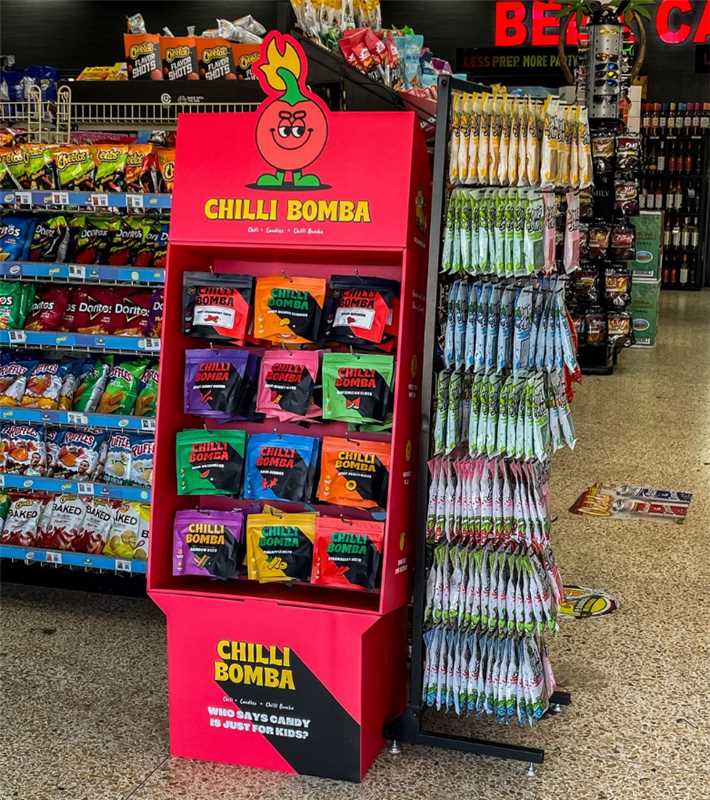
Over my 16 years in this industry, I've seen a massive shift in what both brands and customers value. It's no longer just about the flashiest display; it's about making a smart, responsible choice that reflects your brand's identity. Brands that embrace sustainability aren't just doing good; they're doing good business. Let’s dive into why this movement is so powerful and what it means for your marketing strategy.
Why is sustainability important in retail?
Are your retail displays being ignored by shoppers? Modern consumers actively seek out brands that share their values, and they'll walk right past those that don't. Prioritizing sustainability makes your brand relatable.
Sustainability is crucial in retail because it directly influences purchasing decisions. Shoppers today prefer brands that show environmental responsibility. This practice builds brand loyalty, enhances reputation, and can lead to significant cost savings through resource efficiency, making it a smart business strategy.
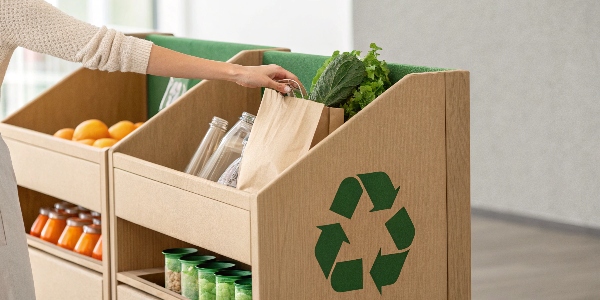
When I first started, the main concerns were cost and durability. Now, the conversation almost always includes sustainability. It has become a non-negotiable aspect of brand identity and a key driver of success in a crowded market. It's a fundamental change in how we connect with customers.
Building Lasting Customer Trust
Today's shoppers are informed. They read labels, research brand stories, and want to support companies that do good. A sustainable display, like one made from recycled cardboard, is often the first physical interaction a customer has with your product. It’s a silent message that says, "We care about the planet, just like you do." This immediately builds a connection and fosters trust, which is far more valuable than any short-term sales gimmick.
The Real Bottom-Line Benefits
Many designers, like Peter, think "sustainable" means "expensive," but that's a myth I love to bust. Cardboard is lightweight, which significantly cuts down on shipping costs compared to plastic or metal. I worked with a client who switched from acrylic to cardboard POS displays. Their shipping costs dropped by nearly 30% overnight. Furthermore, the design and production process is often faster, and the end-of-life disposal is simple recycling, not a costly waste management problem.
Staying Ahead of Regulations
Governments worldwide are cracking down on single-use plastics and promoting circular economies. By adopting sustainable materials like cardboard now, you are not just appealing to customers; you are future-proofing your business. Getting ahead of these regulations means you won't be scrambling to make changes later, which saves time, money, and stress.
What is sustainable retailing?
Confused by the term "sustainable retailing"? It can feel like a complex buzzword, leaving you unsure of where to even start. It’s simply about meeting your business needs without harming future generations.
Sustainable retailing is a business model where a retailer operates in an environmentally, socially, and economically responsible way. This includes using eco-friendly materials for displays, reducing waste, conserving energy, and ensuring ethical sourcing throughout the supply chain, from production to storefront.
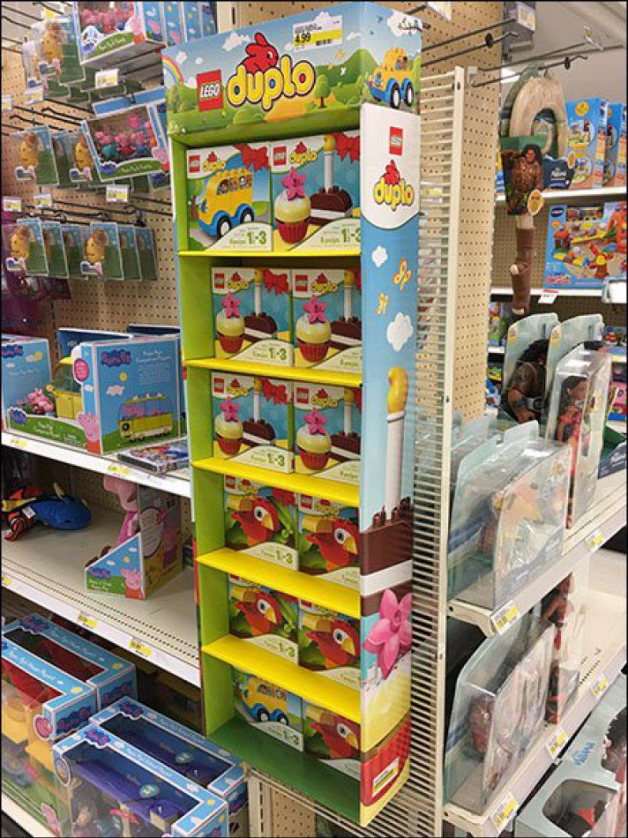
Thinking about sustainable retailing isn't just about the materials we use; it's a complete mindset. It's about looking at every step of your product's journey, from the factory to the customer's hands, and asking, "How can we do this better?" For a designer like Peter, this opens up a new world of creative challenges and opportunities.
The Three Pillars in Practice
Sustainable retailing stands on three core pillars. Understanding them helps clarify the concept.
| Pillar | Focus | How Cardboard Displays Fit In |
|---|---|---|
| Environmental | Reducing waste, conserving resources, and lowering your carbon footprint. | Cardboard is often made from recycled content, is fully recyclable, and biodegradable. It's a clear win for the planet. |
| Social | Fair labor practices, community impact, and ethical business conduct. | Sourcing materials from certified, responsible suppliers ensures your displays aren’t part of a harmful supply chain. |
| Economic | Long-term profitability through efficiency, innovation, and brand loyalty. | Efficient, lightweight, and cost-effective, cardboard displays provide a strong return on investment while building a positive brand image. |
From Product to Presentation
For a product designer, sustainable retailing means extending your design thinking beyond the product itself. The packaging and the in-store display are part of the product's life cycle. When you design a cardboard display, you are creating an experience that aligns with a sustainable ethos. I've worked with many designers who feel a renewed sense of purpose when they realize their display design contributes positively to the brand's and the planet's health. It’s about creating a cohesive, responsible brand story.
What are the 5 C's of sustainability?
Struggling to create a clear sustainability plan? It's easy to get lost without a framework. The 5 C's model provides a simple, actionable roadmap to guide your efforts effectively.
The 5 C's of sustainability are a framework for businesses: Compliance (following rules), Cost (economic impact), Concern (social and environmental care), Communication (sharing your efforts), and Collaboration (working with others). This model helps integrate sustainability into core business strategy.
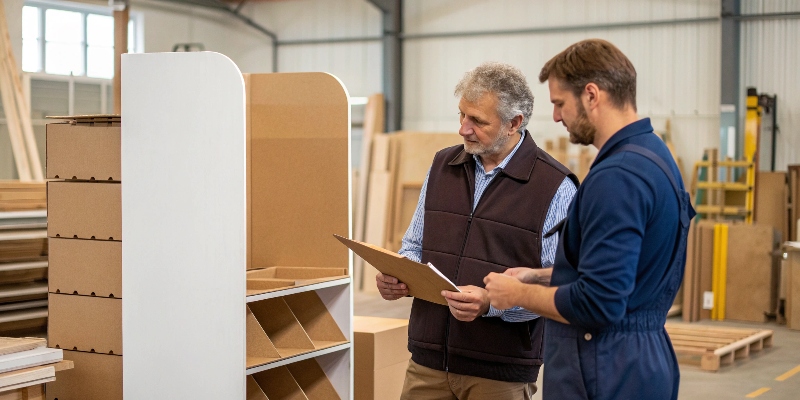
I often refer to this framework when consulting with clients. It helps break down a big, intimidating goal into manageable pieces. For a designer focused on creating effective displays, these principles provide a clear lens through which to view their work and its broader impact.
Applying the 5 C's to Display Design
Let's see how this framework directly applies to the world of cardboard displays. It turns abstract concepts into practical design considerations.
- Compliance: This is the baseline. Your displays must meet all environmental regulations, like using non-toxic inks and sourcing paper from certified forests (e.g., FSC certified). It’s about playing by the rules and ensuring your materials are safe and legally sourced.
- Cost: As I mentioned before, sustainability is good for the budget. A well-designed cardboard display minimizes material waste, is cheaper to ship, and avoids the high disposal fees associated with other materials. The goal is to be both green and profitable.
- Concern: This is the heart of sustainability. It's about genuinely caring for the planet and society. It means choosing recycled materials not just because it's cheaper, but because it's the right thing to do. It’s designing for easy disassembly and recycling at the end of the display's life.
- Communication: Your sustainable display is a marketing tool. Use it to tell your story. A small printed message like "This display is made from 100% recycled materials" can have a huge impact on a customer's perception of your brand.
- Collaboration: Great design doesn't happen in a vacuum. I work closely with designers like Peter, as well as production teams and clients, to find the most sustainable and effective solutions. By working together, we can innovate and push the boundaries of what's possible with eco-friendly materials.
Why is sustainability in marketing important?
Does your marketing feel disconnected from what today's consumers care about? If you're not talking about sustainability, you're missing a massive opportunity to connect with your audience on a deeper level.
Sustainability in marketing is vital because it builds trust and authenticity with modern consumers who prioritize ethical and environmental values. It differentiates your brand, strengthens customer loyalty, and ultimately drives sales by aligning your marketing message with what truly matters to your audience.

Marketing has always been about telling a compelling story. Today, one of the most compelling stories a brand can tell is its commitment to sustainability. Your cardboard display isn't just holding products; it's a billboard for your brand's values. It’s a physical manifestation of your marketing message.
Beyond "Greenwashing"
Authenticity is everything. Customers are smart and can spot "greenwashing"—making false or exaggerated environmental claims—from a mile away. True sustainability in marketing comes from genuine action. When you choose a fully recyclable cardboard display over a plastic one, you are taking a real, tangible step. Your marketing should simply communicate that truth. I always advise clients to be honest and specific. Don't just say you're "eco-friendly." Say, "Our displays are made from 80% post-consumer recycled cardboard and are 100% recyclable." It's powerful because it's real.
The New Brand Differentiator
In a sea of similar products, how do you stand out? Sustainability can be your key differentiator. When a customer is choosing between two products, the one presented in a display that reflects a commitment to the environment has a distinct advantage. I've seen smaller brands compete with industry giants and win on the shelf simply because their presentation was more thoughtful and sustainable. It creates an emotional connection that price alone cannot beat. This is where a talented designer can truly shape a brand's success.
Conclusion
Embracing sustainable cardboard displays is no longer a choice but a necessity for future-focused retail. It aligns your brand with consumer values, benefits the planet, and strengthens your bottom line.



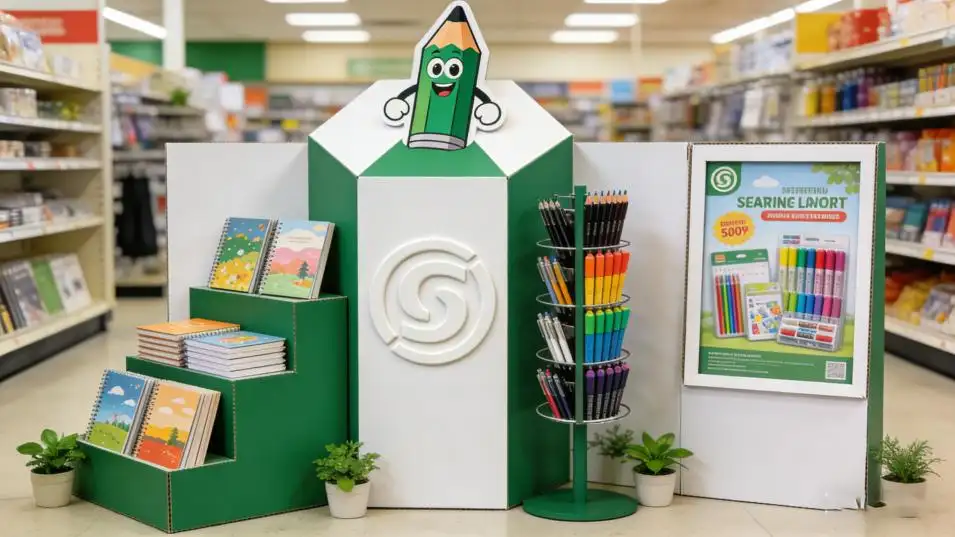

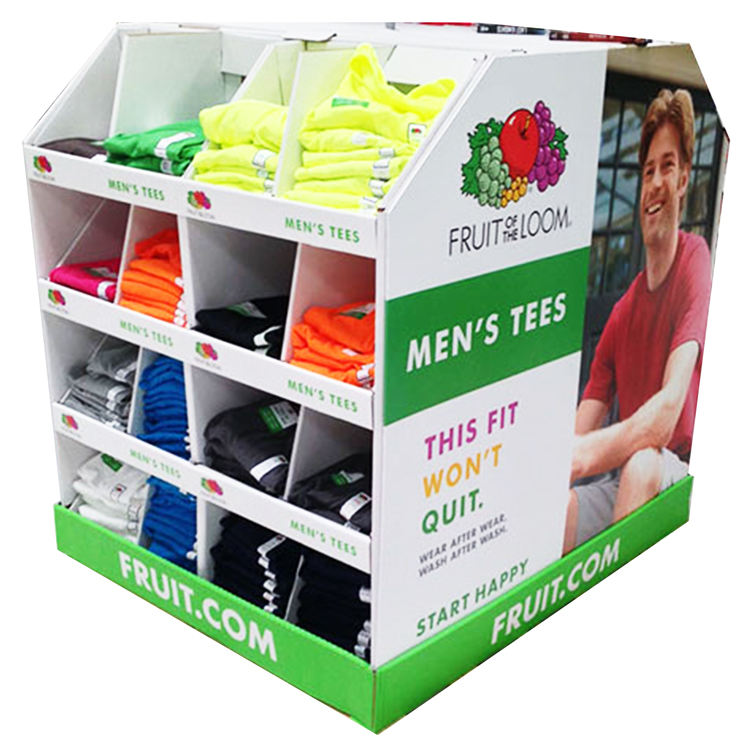
One Response